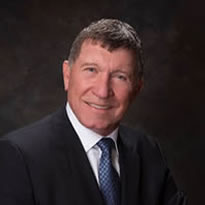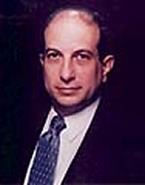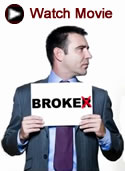Benchmarks are the basis for damages. But when the assumptions behind the benchmarks fail to stand up to Daubert scrutiny, expert testimony may be excluded.
The purpose of this article is to demonstrate that "traditional" valuation methods that incorporate ex-ante data can be inappropriate when used to estimate lost profit or lost enterprise value in litigation; and the appropriate method should be based on ex-post data, i.e., data available after the event in which damage occurred.
Impact on the Plaintiff
In civil litigation, litigants, juries, and courts struggle with the issue of how an alleged loss should be compensated. What is a reasonable estimation of the impact on the plaintiff of the event under dispute?
In the corporate setting, that impact generally involves some combination of (a) lost profits and (b) lost enterprise value through reduced business valuation. To estimate these reasonably and fairly is an extremely complex matter. Some of the elements, such as damage to reputation, are arguably subjective. Even the more objective elements, such as lost income, are not necessarily straightforward. They require the development of two alternate histories: one of them concerning what happened in fact, the other representing what might have happened "but for" the event in question, i.e., had the event in question not occurred.
Benchmarking
To arrive at claims for damages, litigants turn to expert witnesses-in particular, financial, economic, and accounting experts-who, it is assumed, can apply established models and methodologies. These experts set benchmarks that can be used to measure performance and determine, in ways that are authoritative and will be clear to the court, how much was lost.
Benchmarking, in this context, is the process of establishing the basis for the hypothetical, "but for" figure. By definition, a benchmark is a standard. In general, benchmarking involves comparing a known figure-say, a performance metric-against an accepted standard. In damages estimation, benchmarking involves the use of an economic standard to prove the validity of the hypothetical but-for profits. The challenge is to arrive at a standard that the court will accept.
Benchmarks for damages can be established in several ways. One is to use management's own forecast of future performance-to say, in effect, "This is how management believes the company would have performed if not for the harm." Another way is to use the forecast of independent securities analysts: "This is how independent experts projected the future performance of the company." A third is to create a benchmark based on the performance of a peer group: "This is how comparable companies performed that were not subject to harm."
Creating and defending these benchmarks is the work of expert witnesses with backgrounds in valuation and/or financial economics.
Calculating Lost Profits
To measure lost profits and thus establish the basis for damages, the expert must calculate the following:
Profits had the harm not occurred
- Actual profits
= Lost profits
Similarly we can think of lost enterprise value as the present value of the stream of lost profits. Effectively, lost profits and lost enterprise value have their basis in the same question: What was the harmful impact on profits of the event in question?
Actual profits are easy to calculate, as data is readily available. But "profits had the harm not occurred" is a hypothetical figure. It is based on an alternative history, a scenario in which the harm did not occur.
Since there are no actual figures to apply to this alternative scenario, the hypothetical profit must be calculated. The calculation must give but-for profits a basis in reality. If the calculation is realistic, the court can compare the two scenarios and determine the extent of the harm.
Daubert Challenges
. . .Continue to read rest of article (PDF).
Donald M. May PhD, CPA, Managing Partner at DMA Economics, LLC, possesses over 30 years of Valuation and Economic Damages experience. He implements a broad range of damage analyses and valuations for clients, including billion-dollar investment funds under SEC investigation as well multi-national firms involved in intellectual property disputes, consumers in product mislabeling cases, and small to mid-sized businesses involved in complex commercial litigation.
©Copyright - All Rights Reserved
DO NOT REPRODUCE WITHOUT WRITTEN PERMISSION BY AUTHOR.










